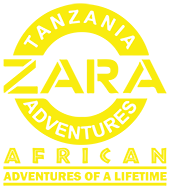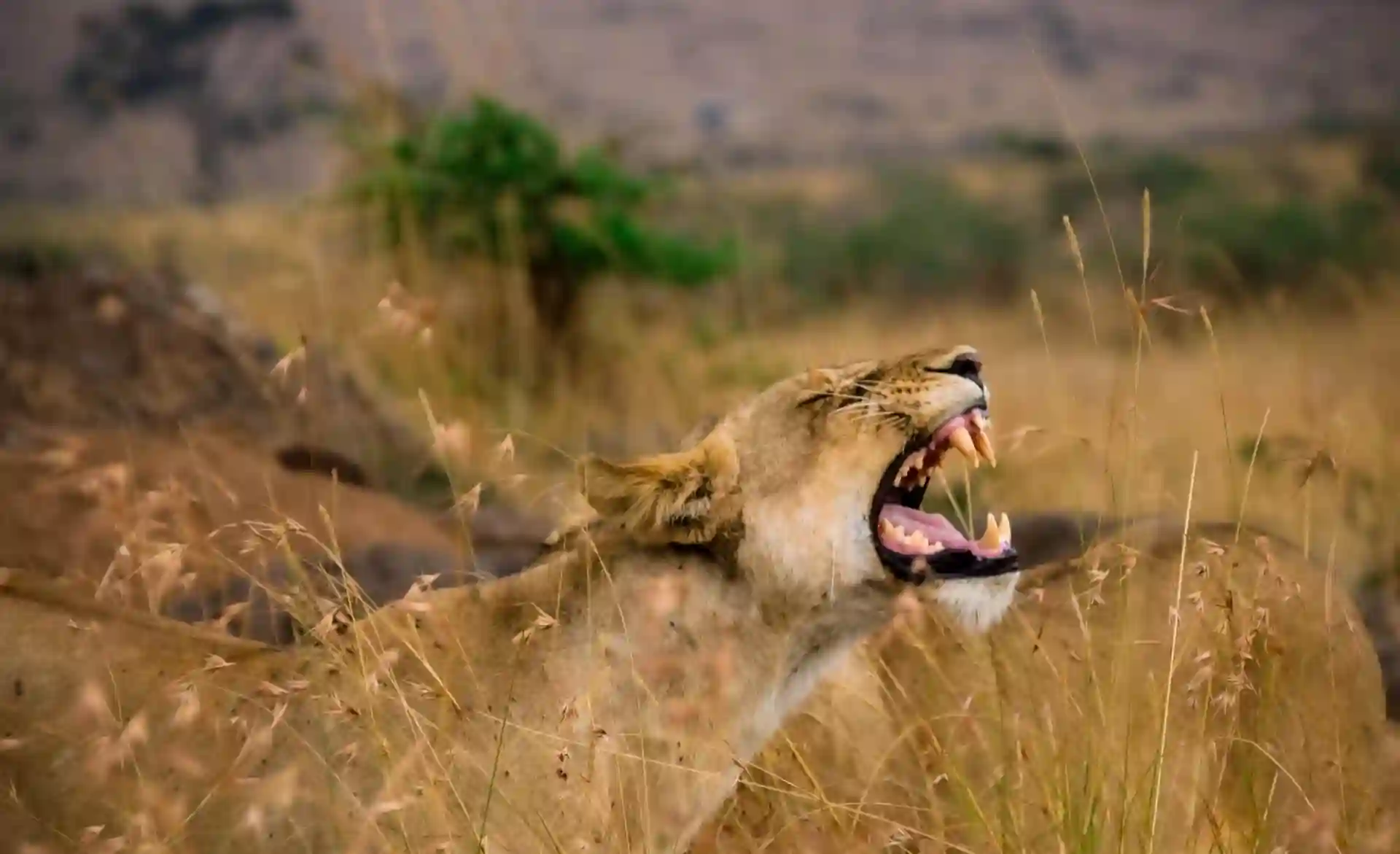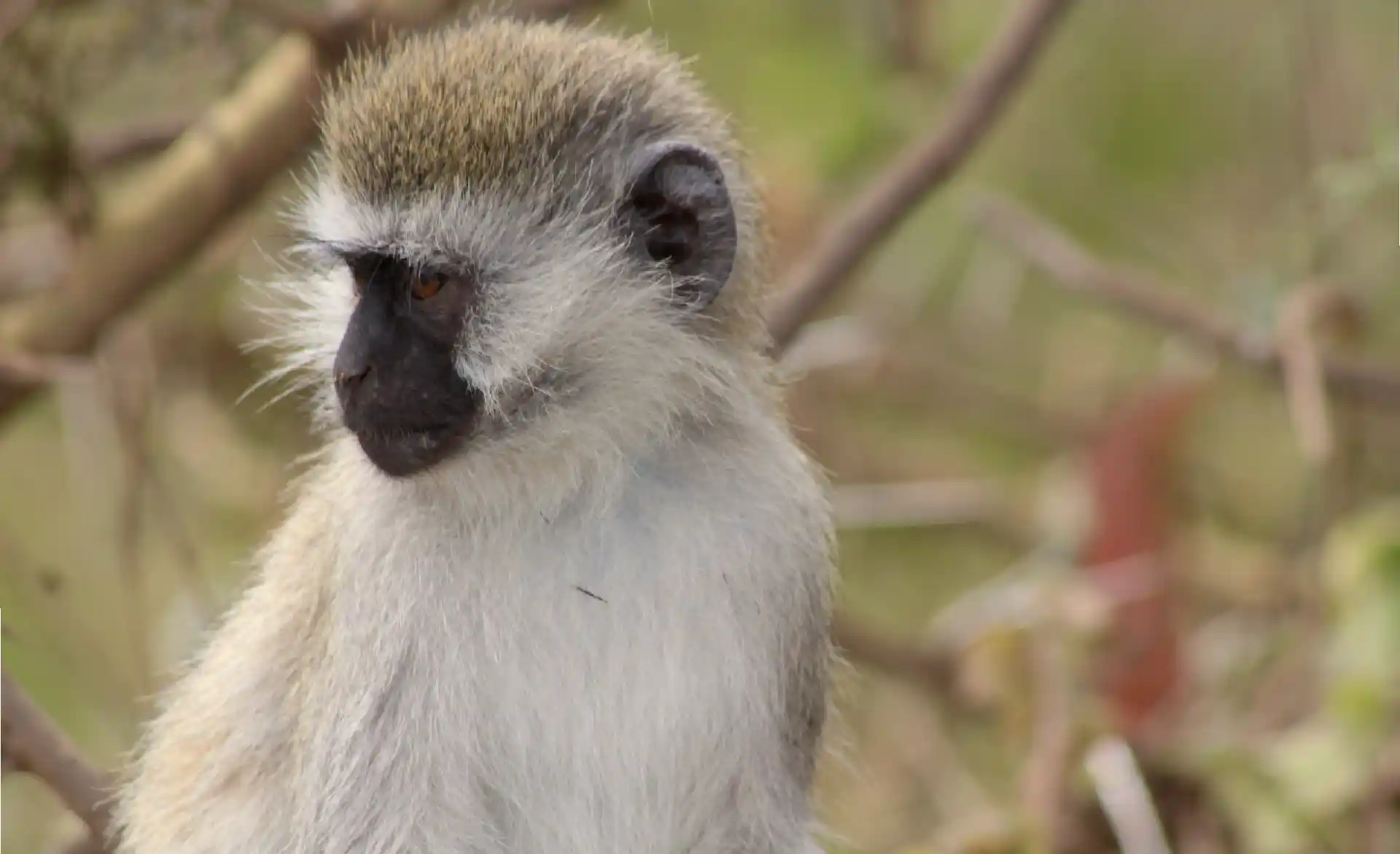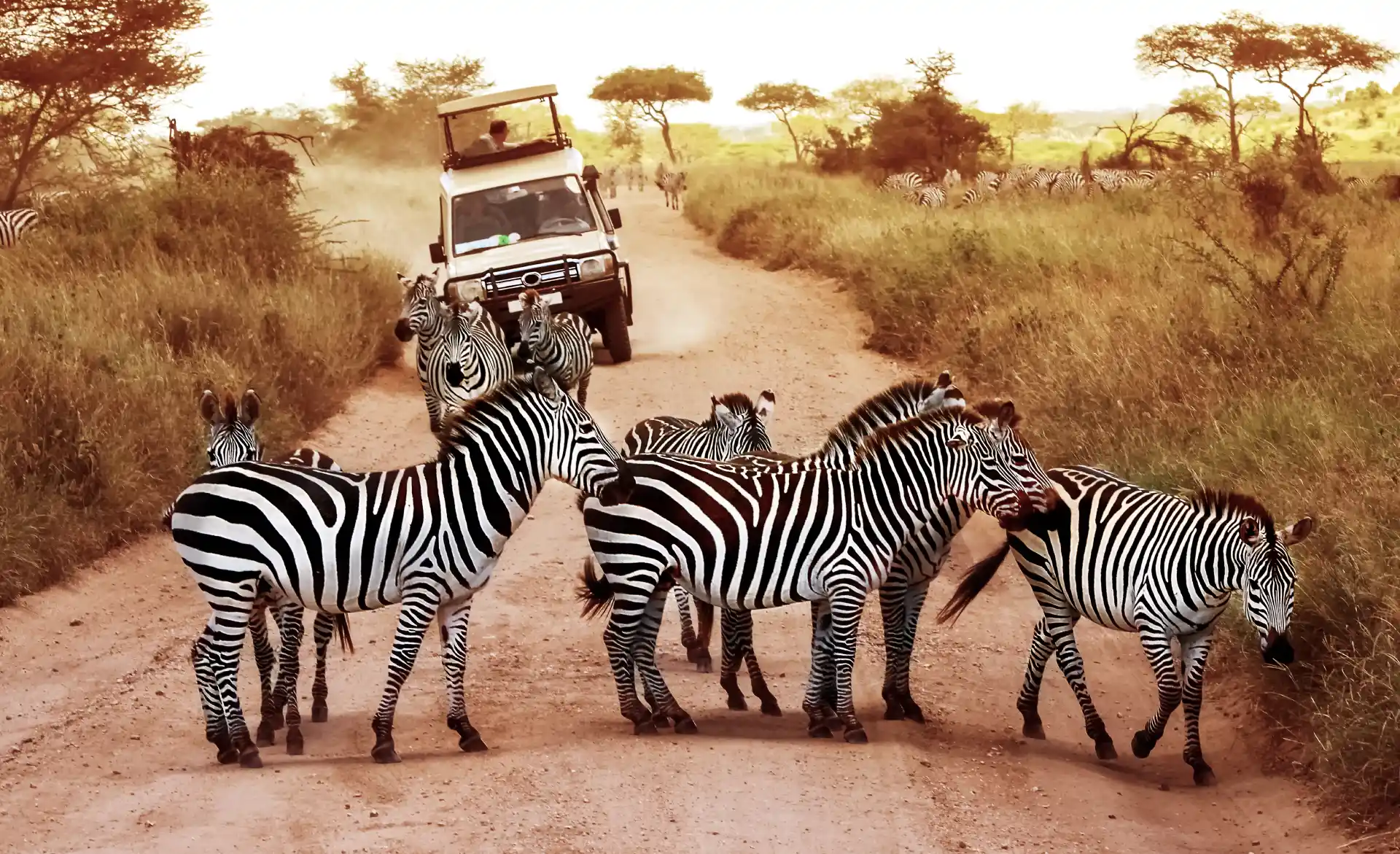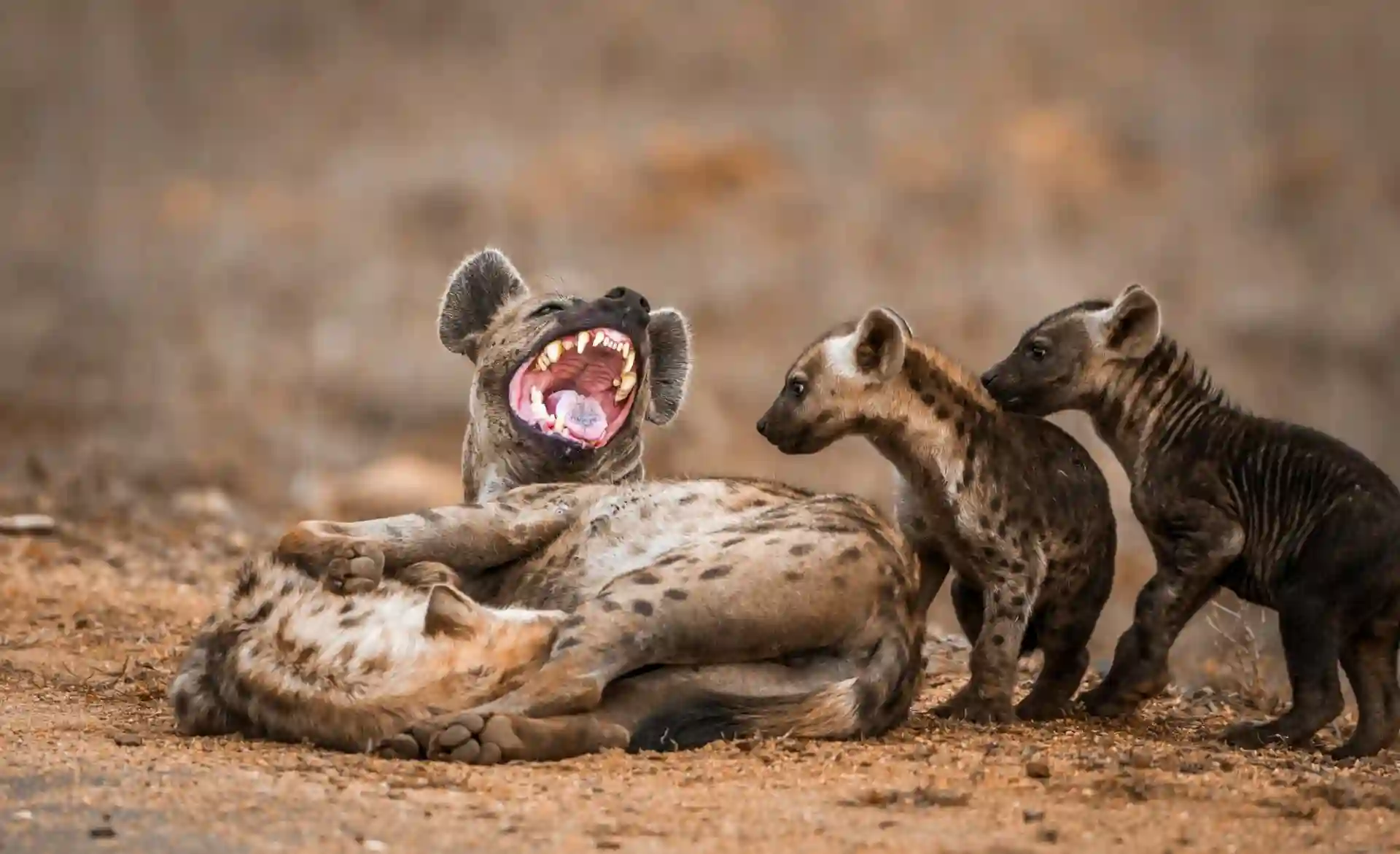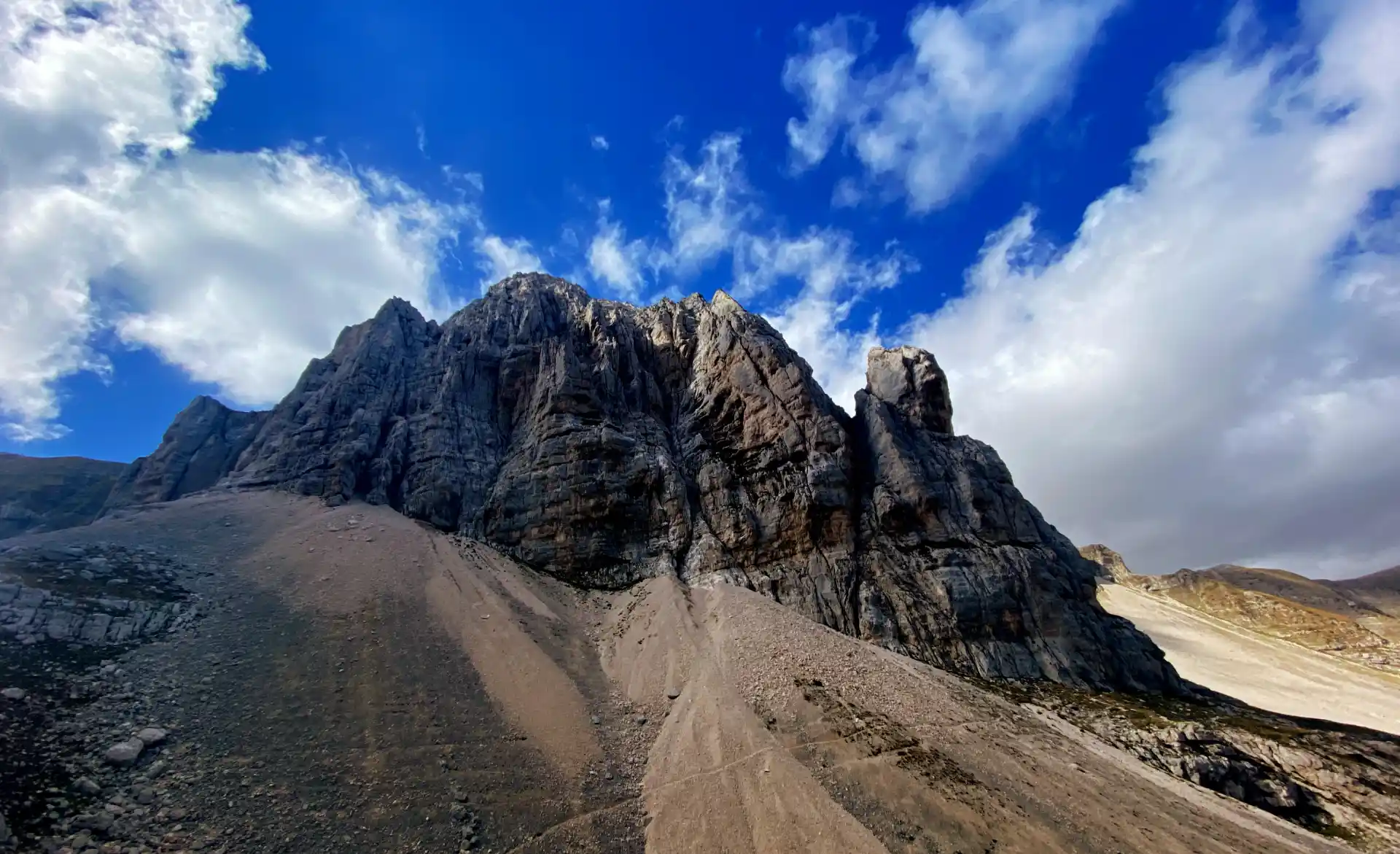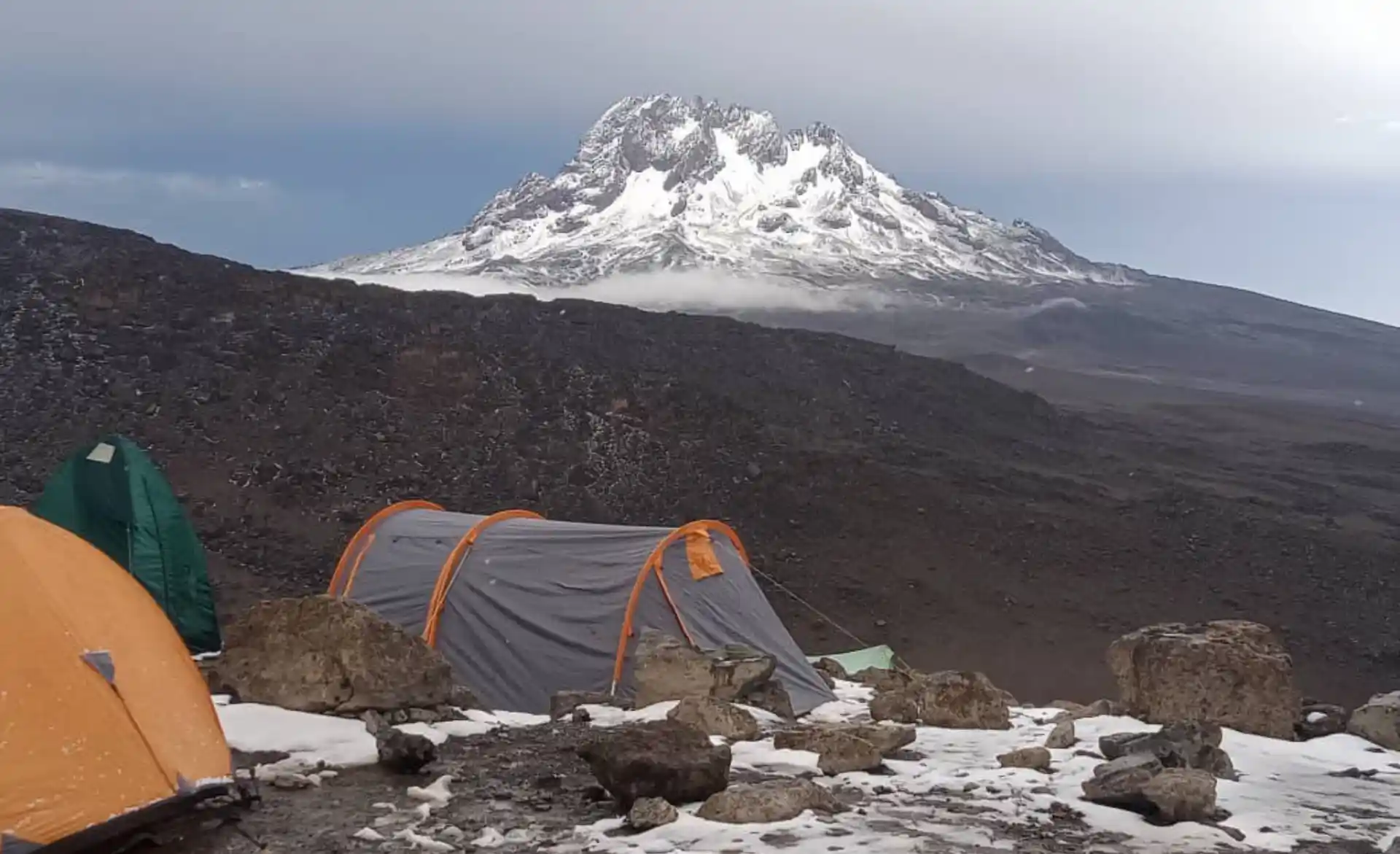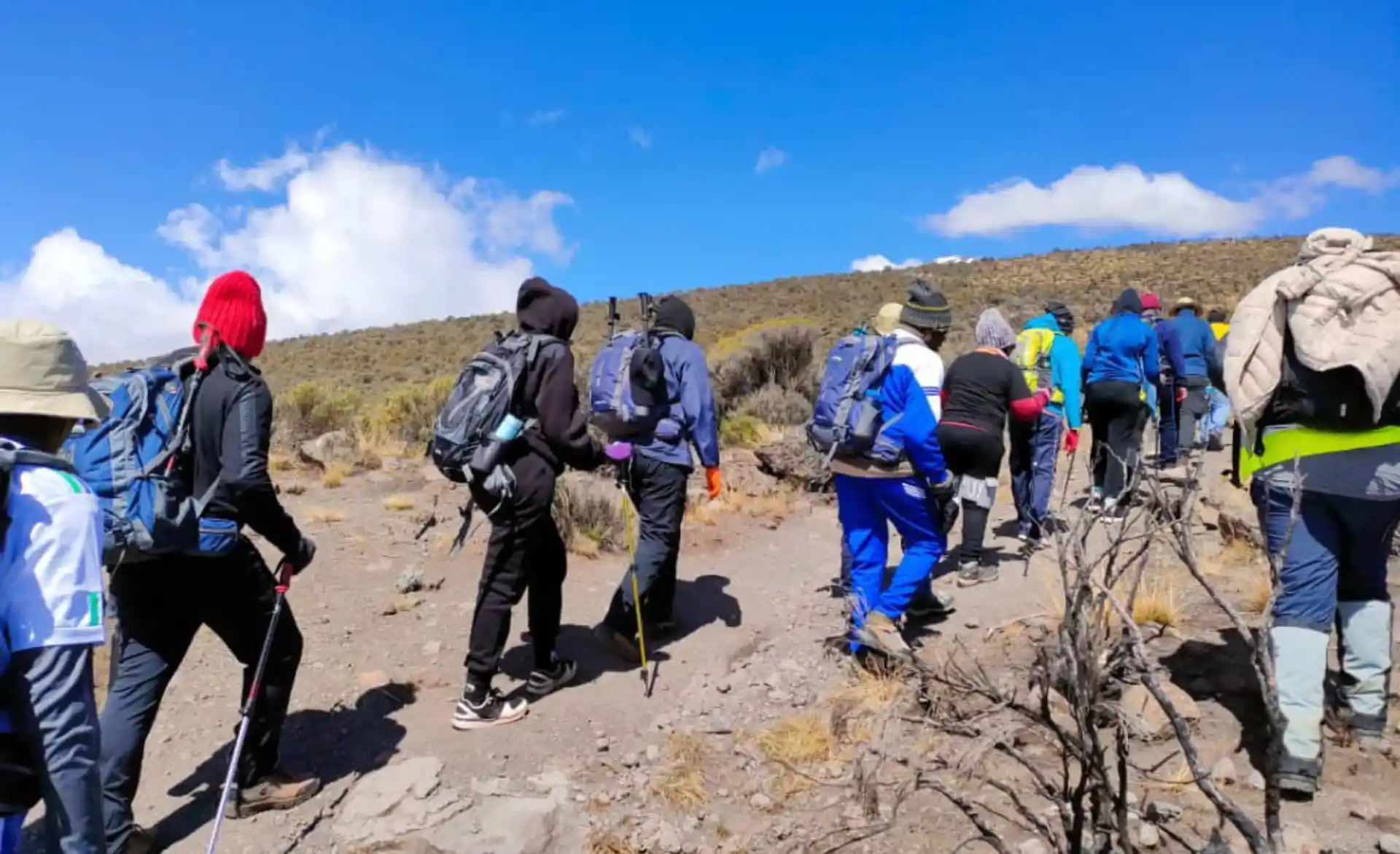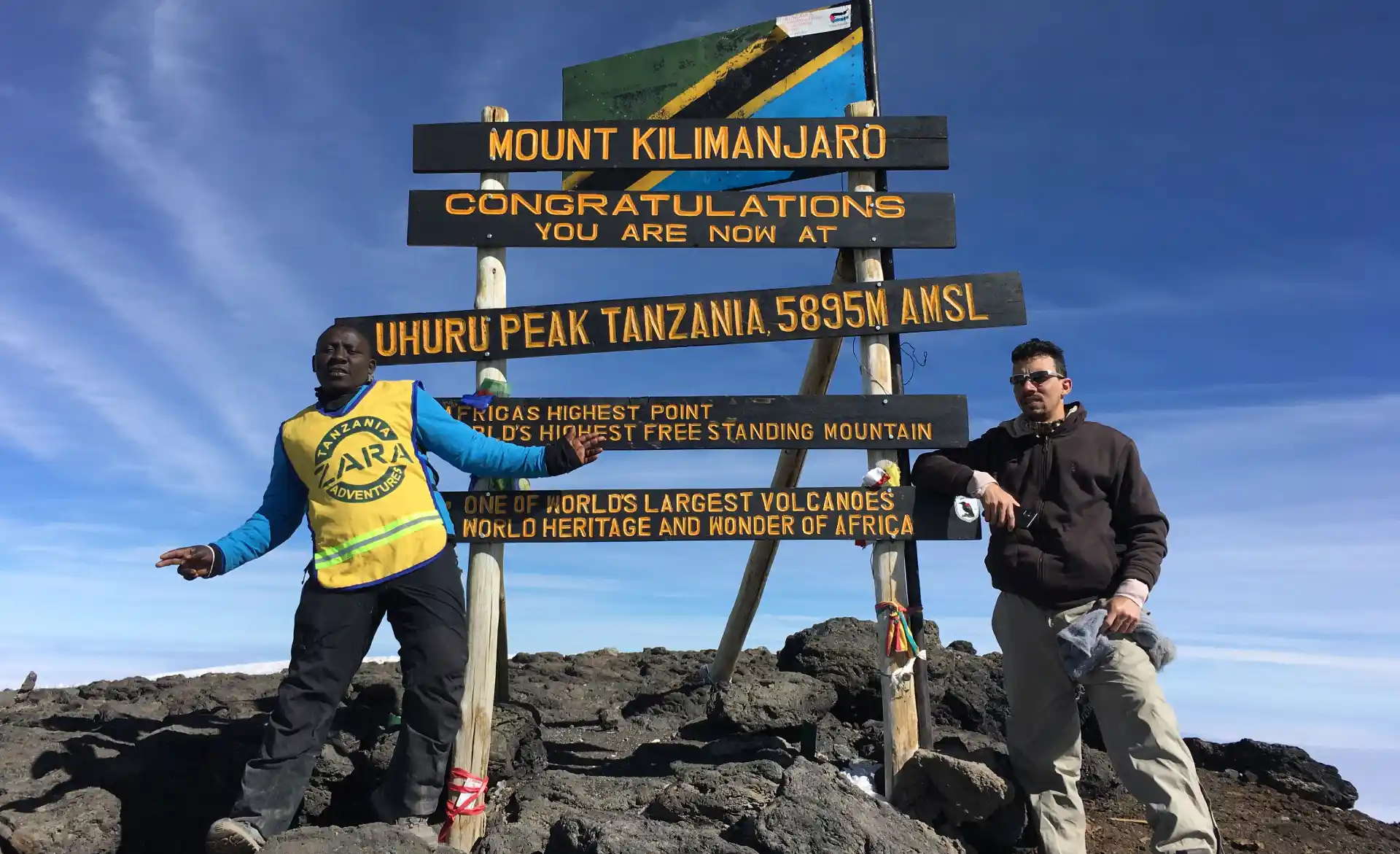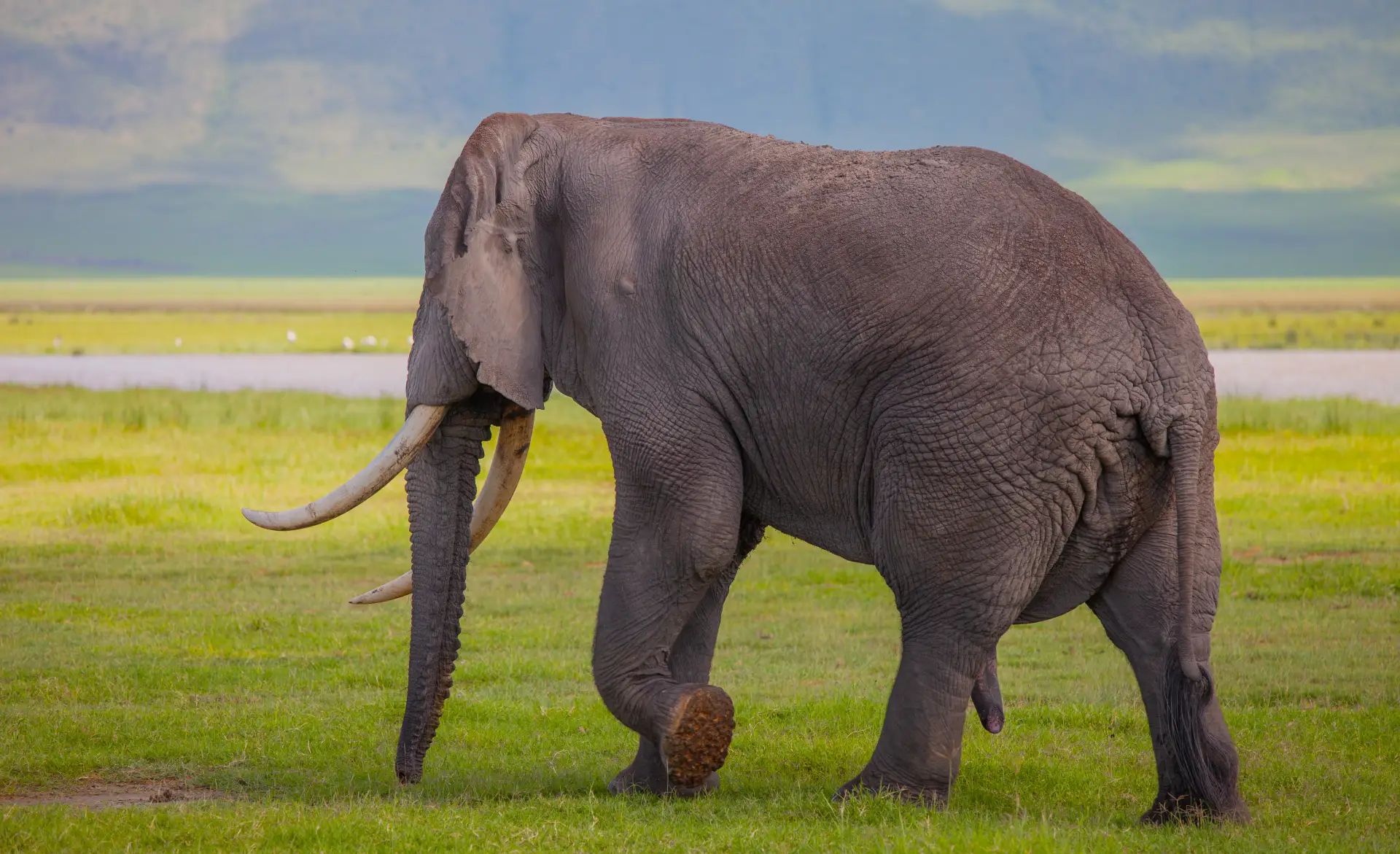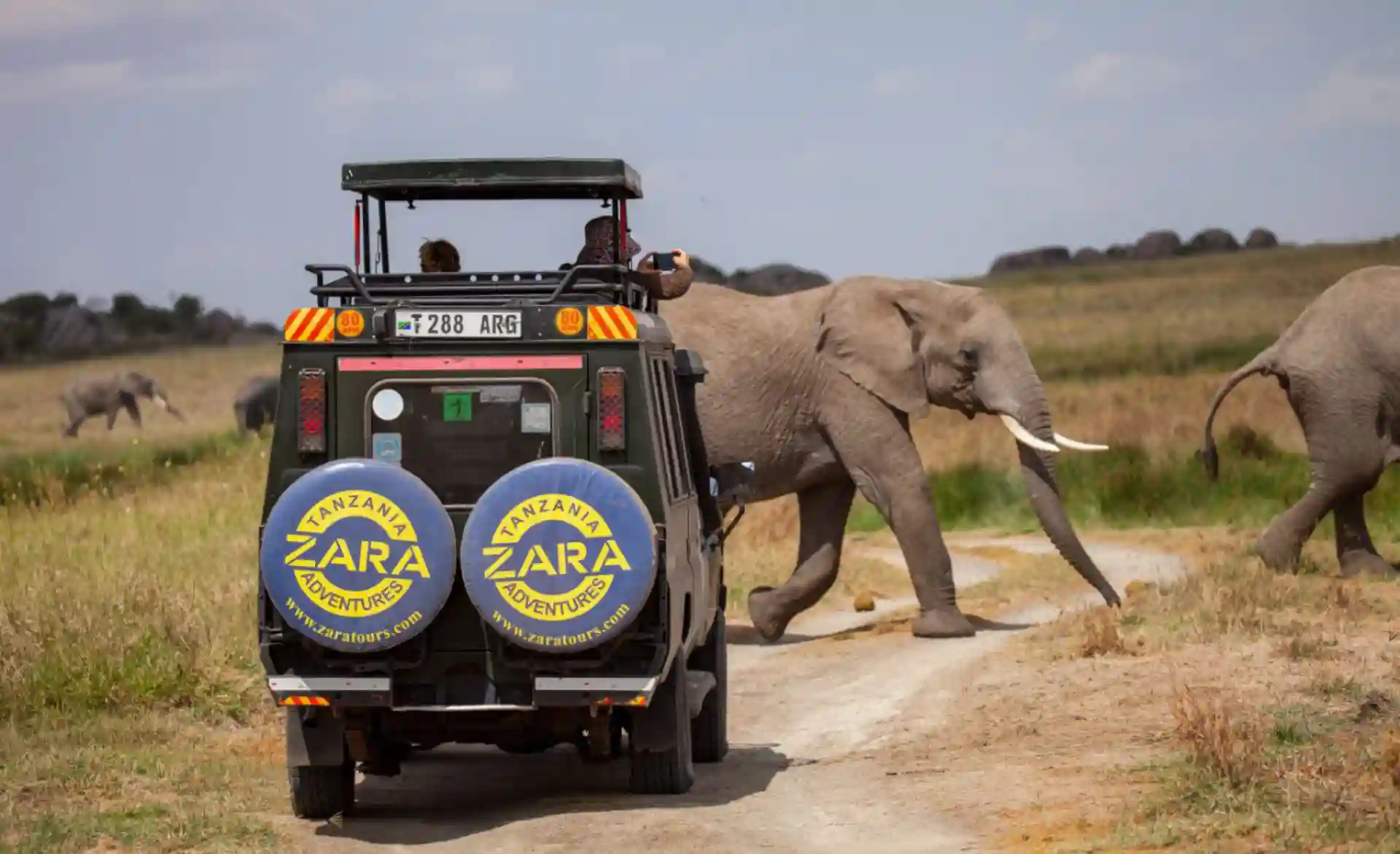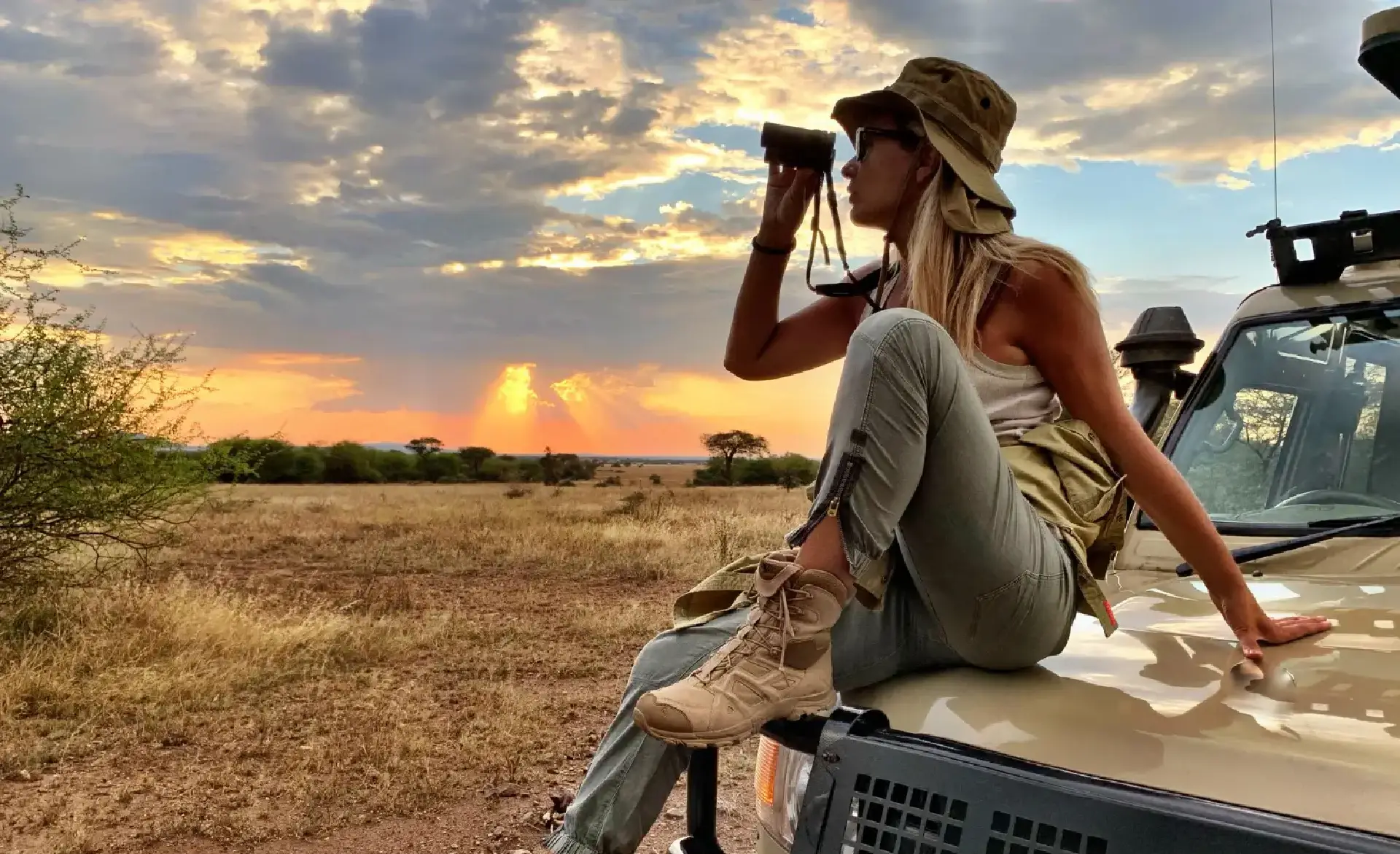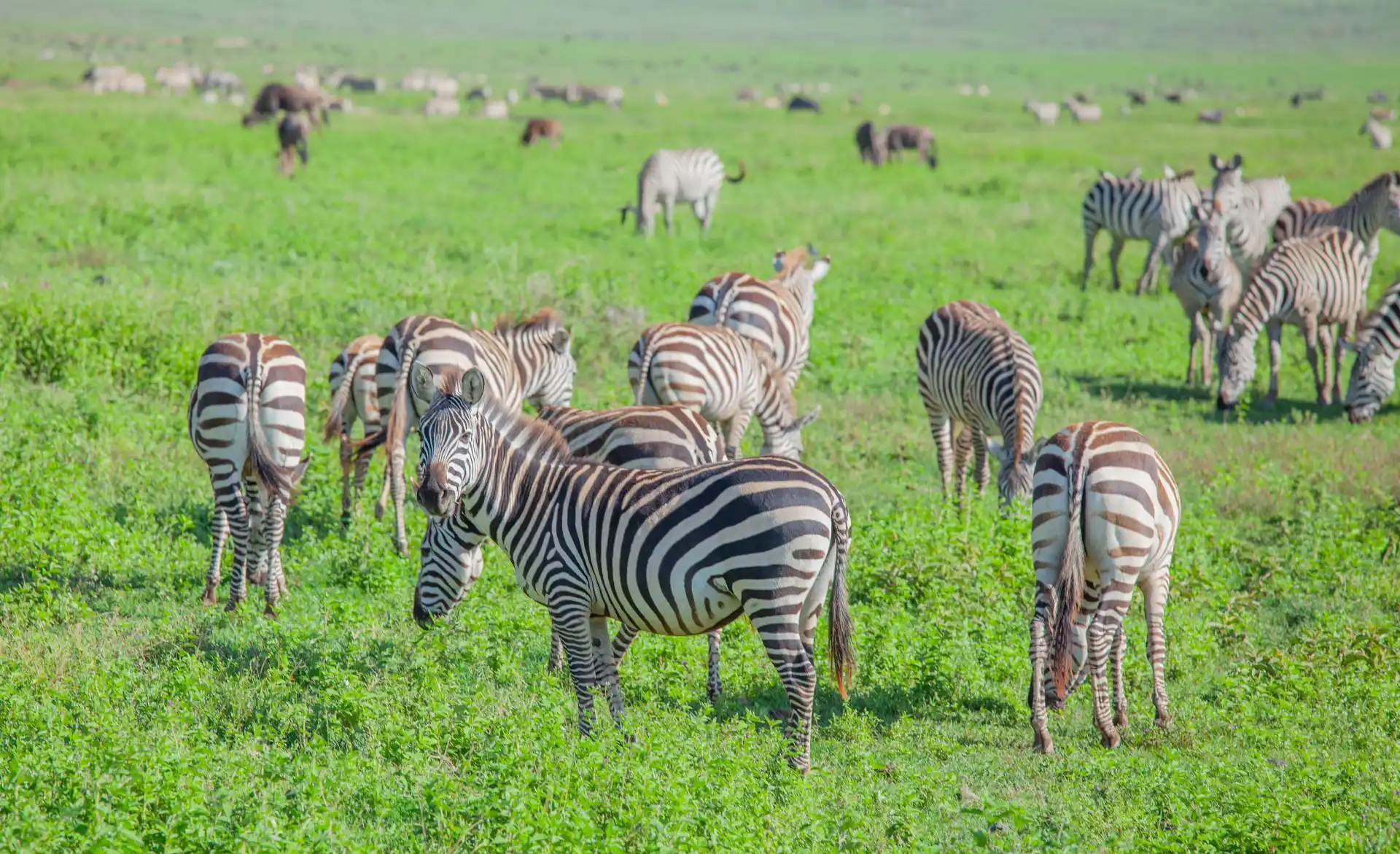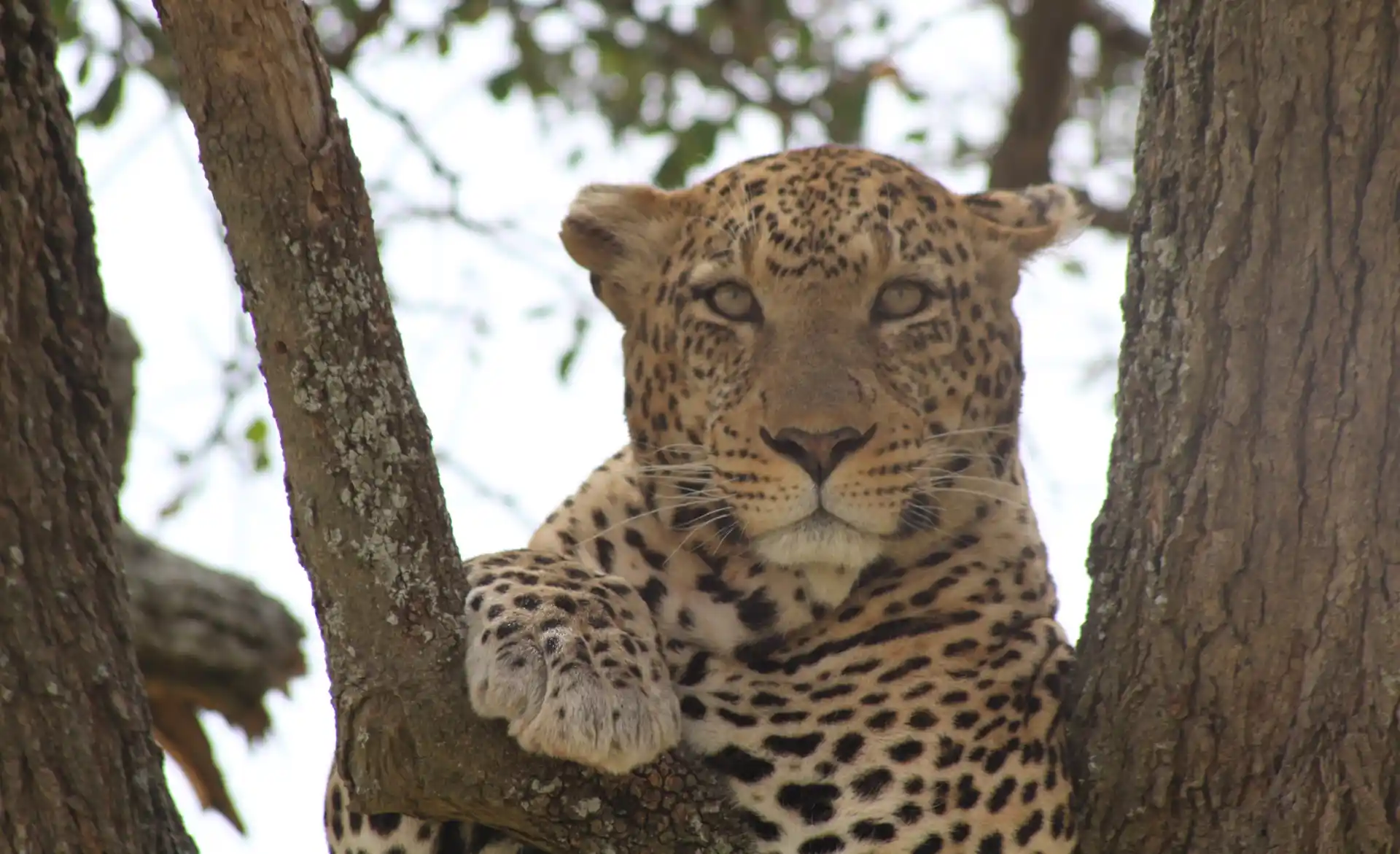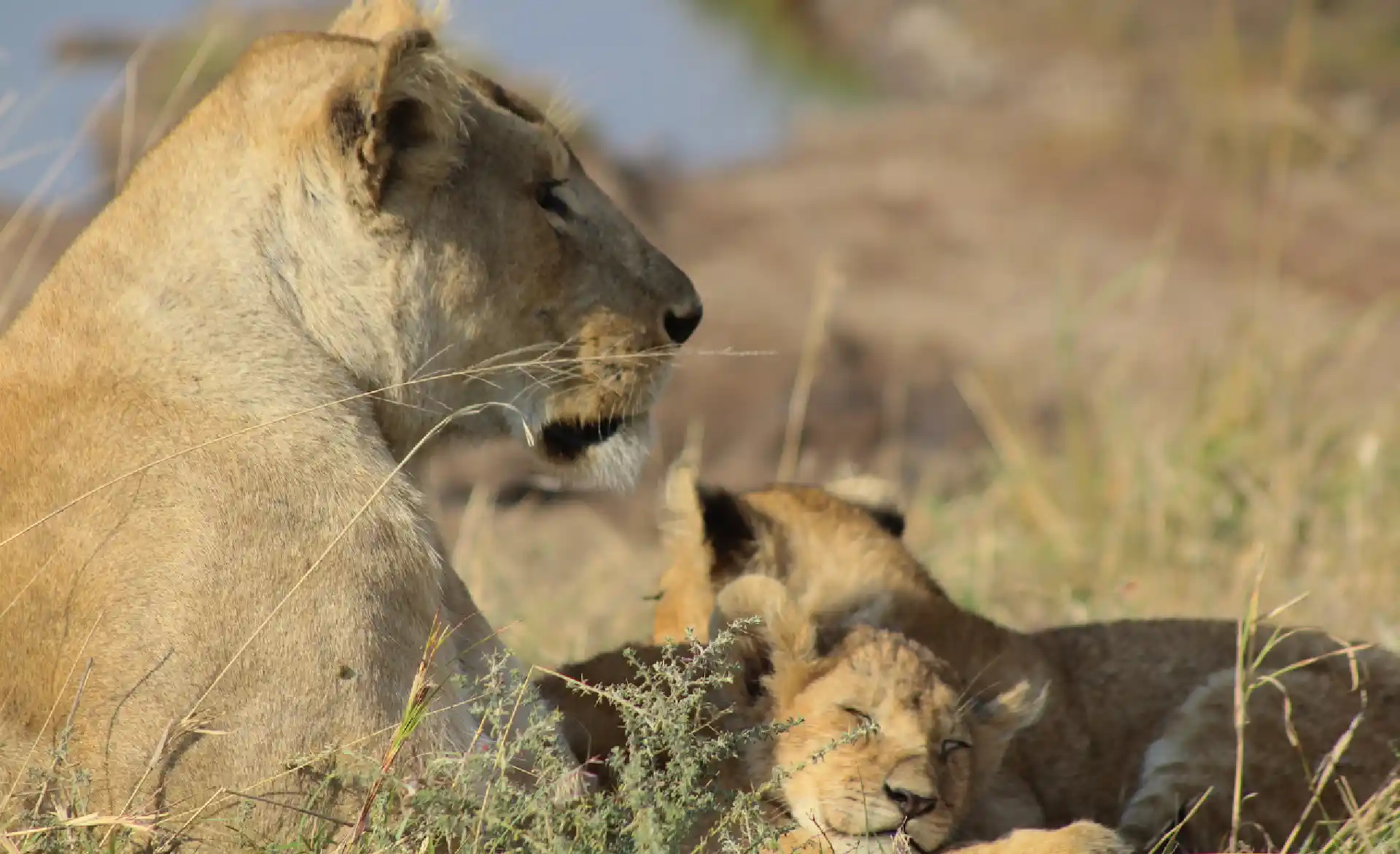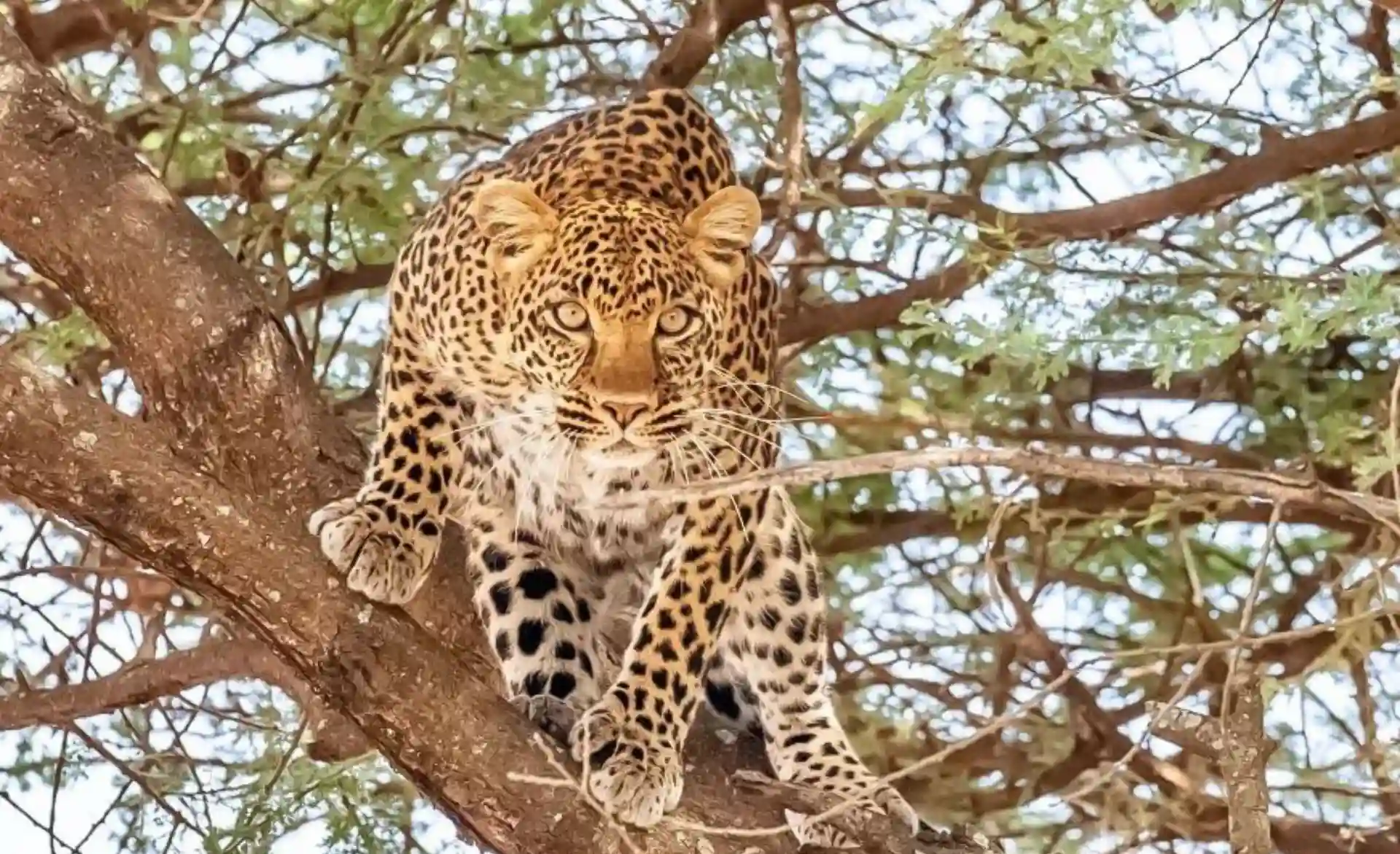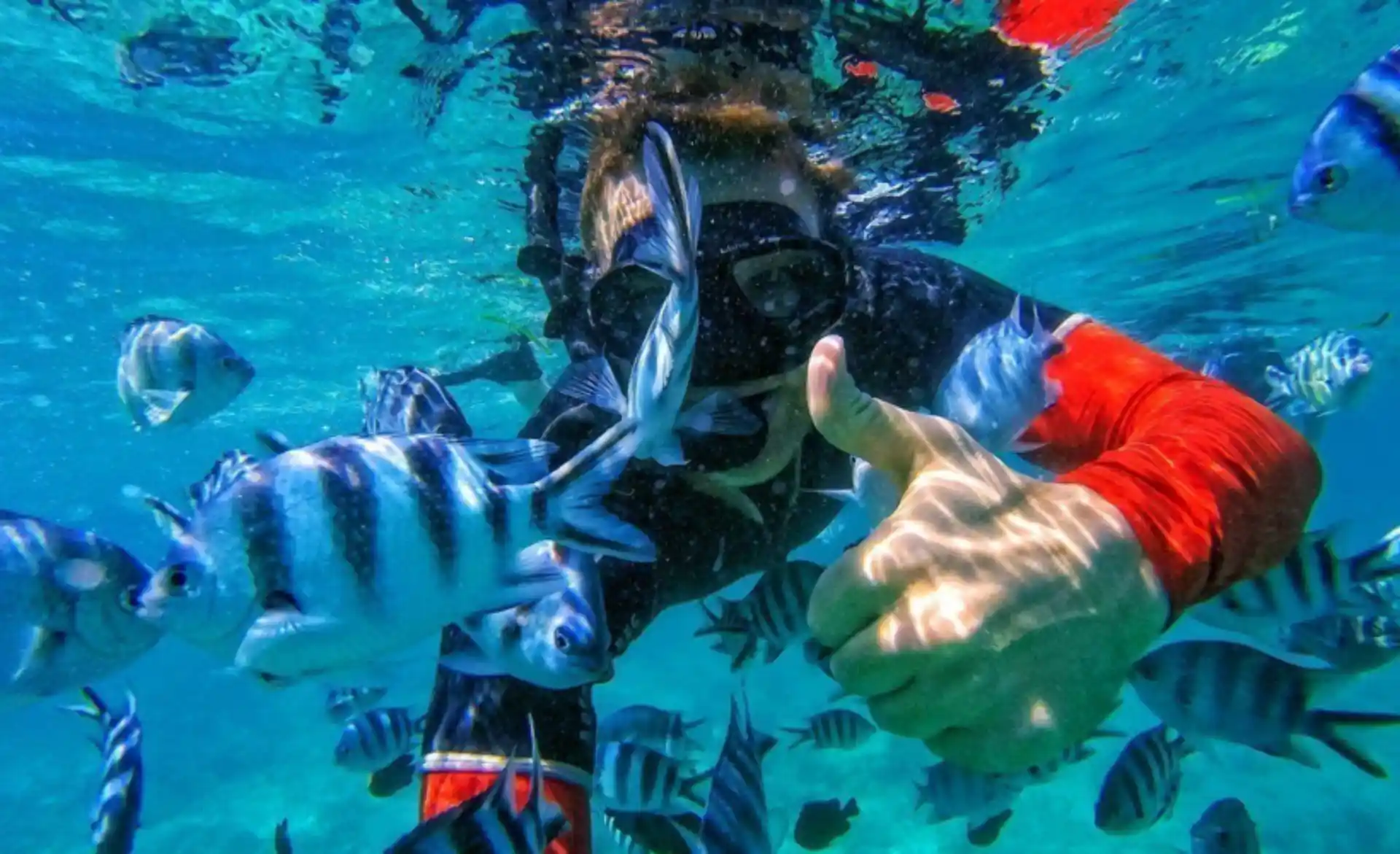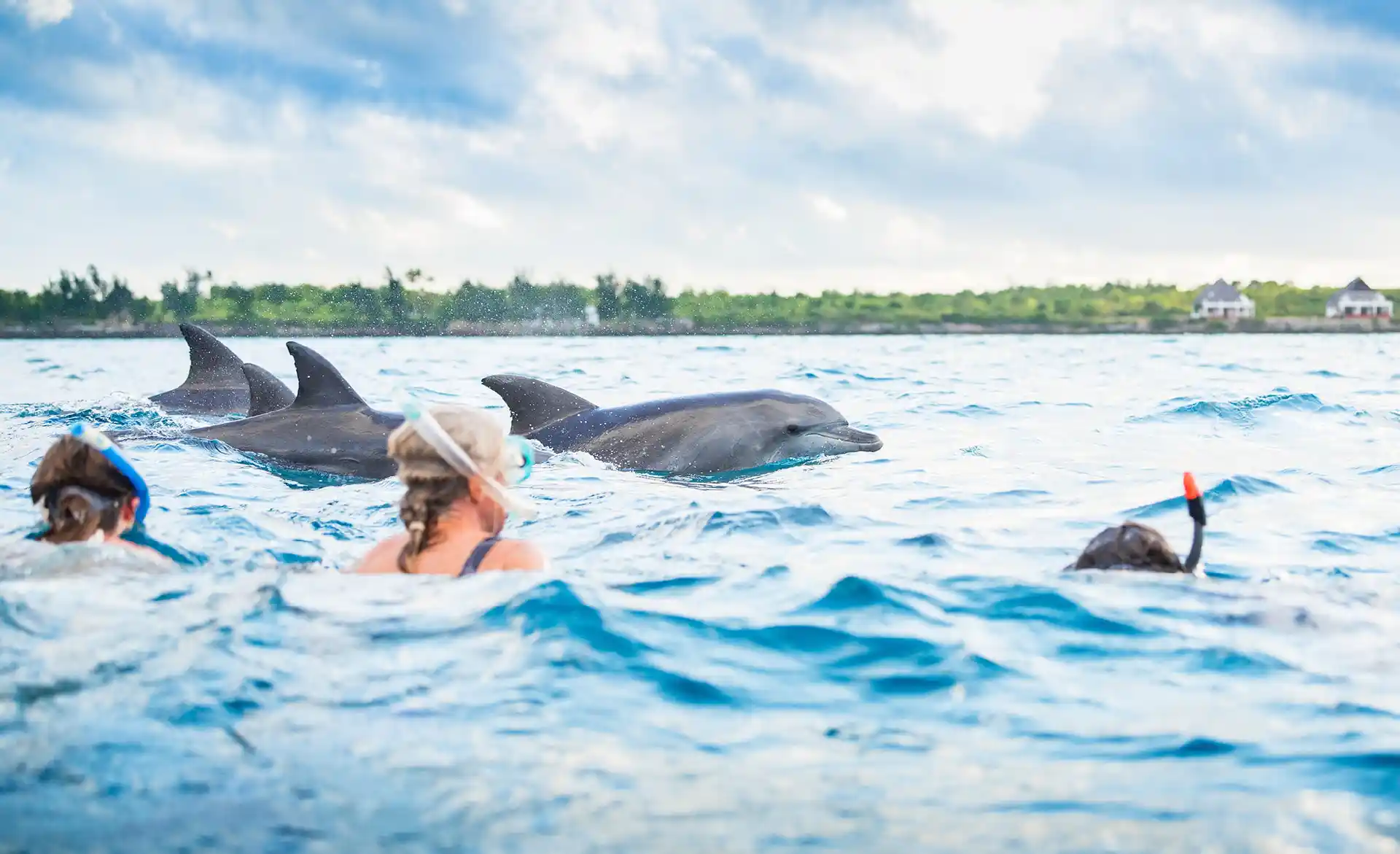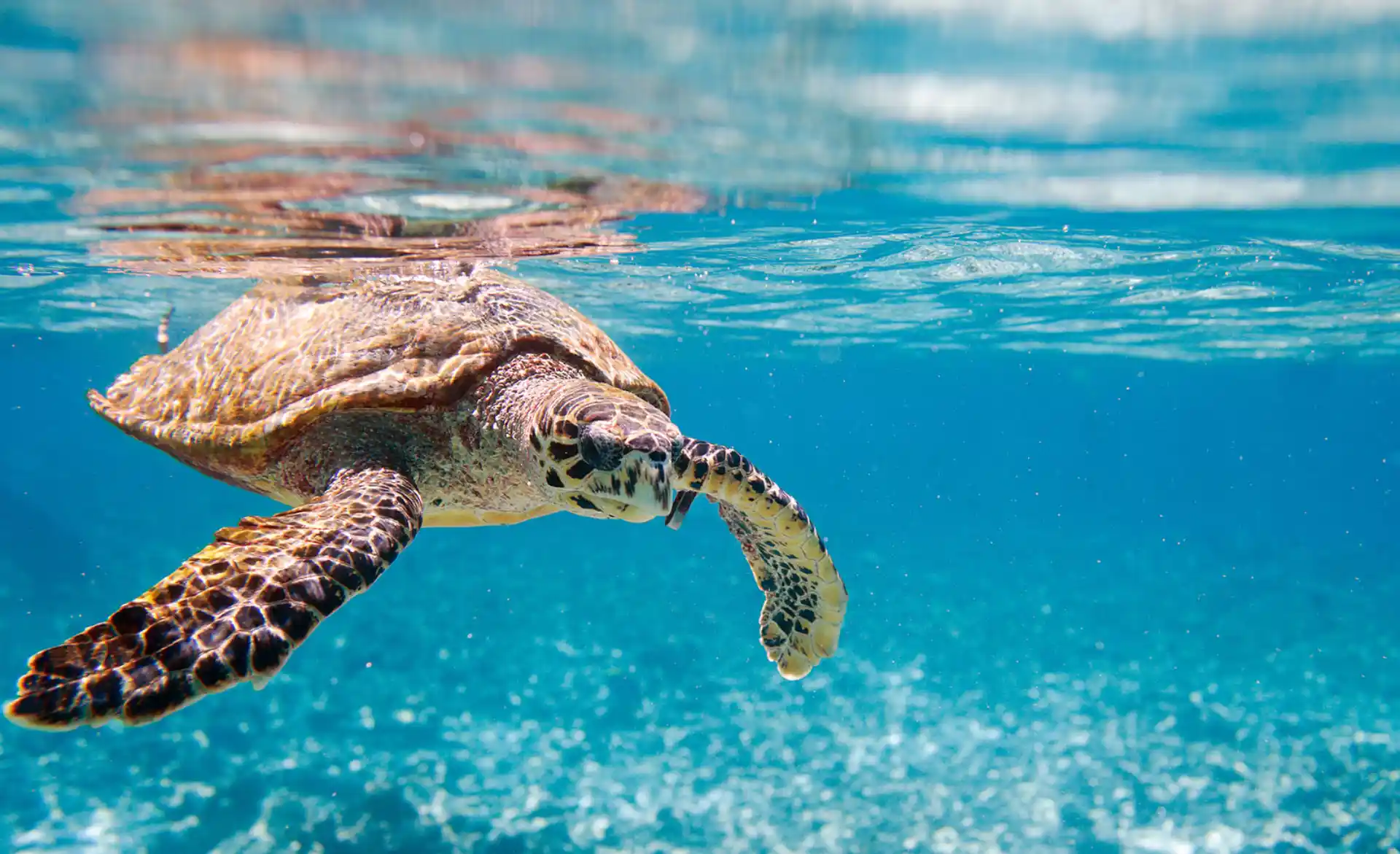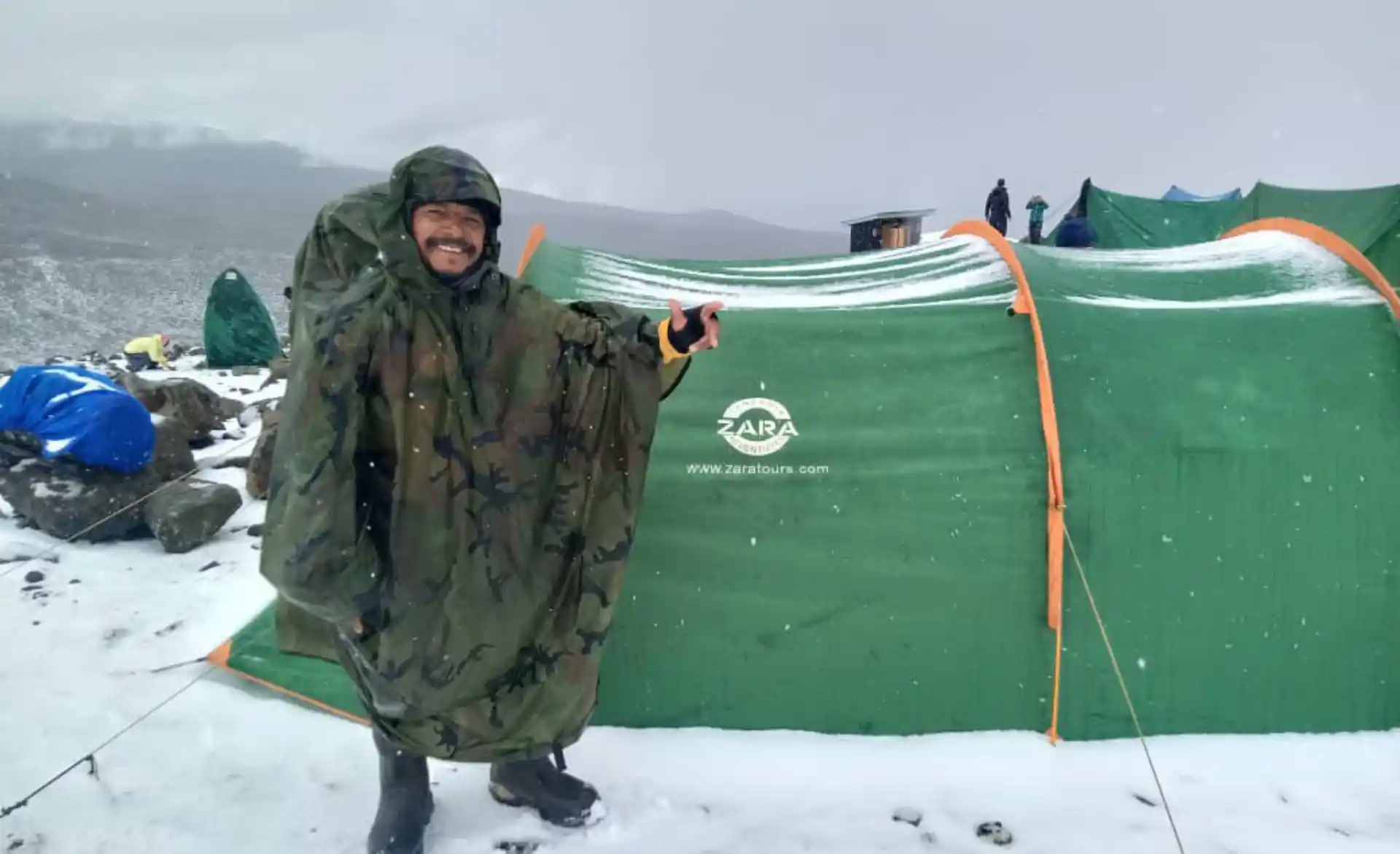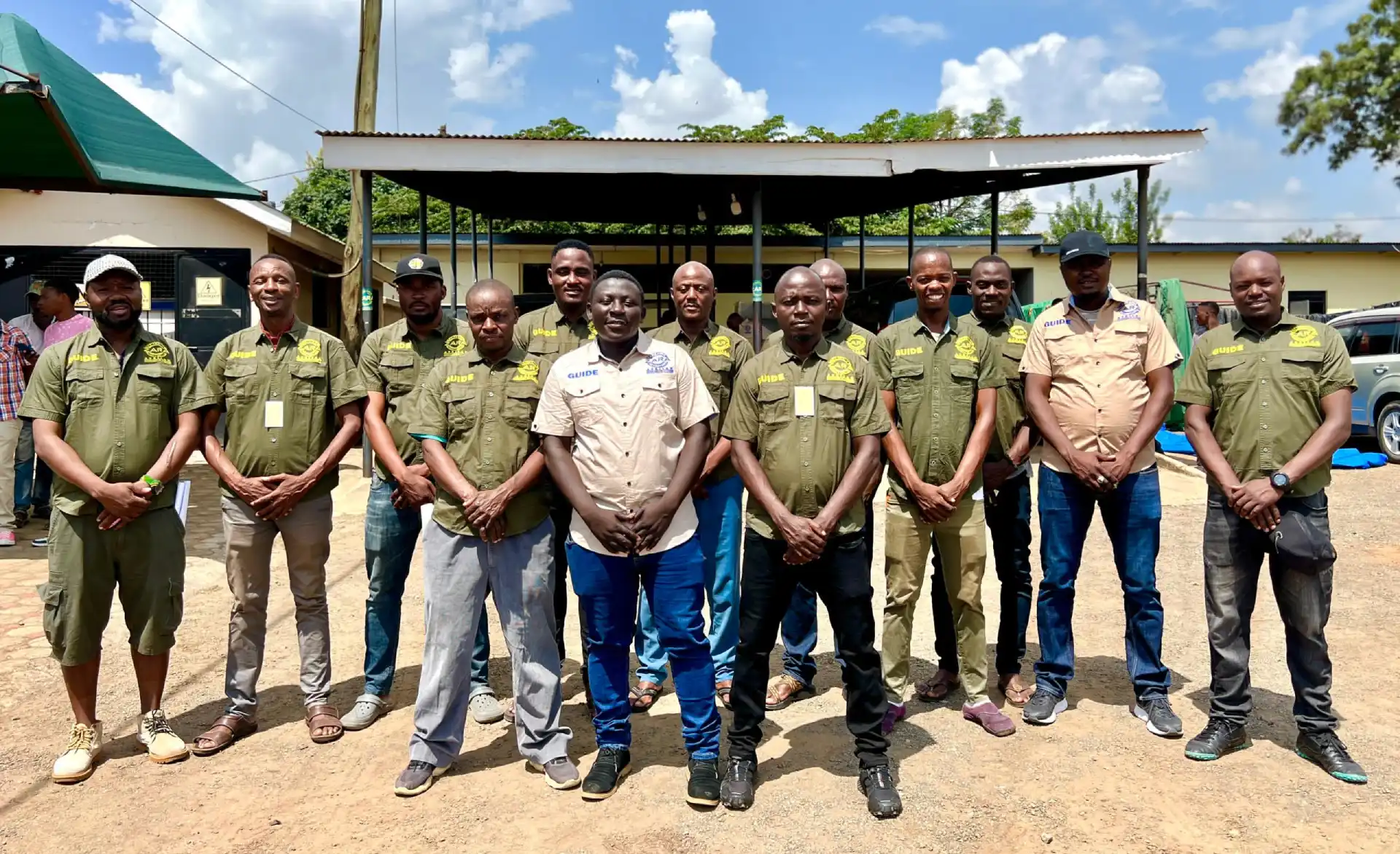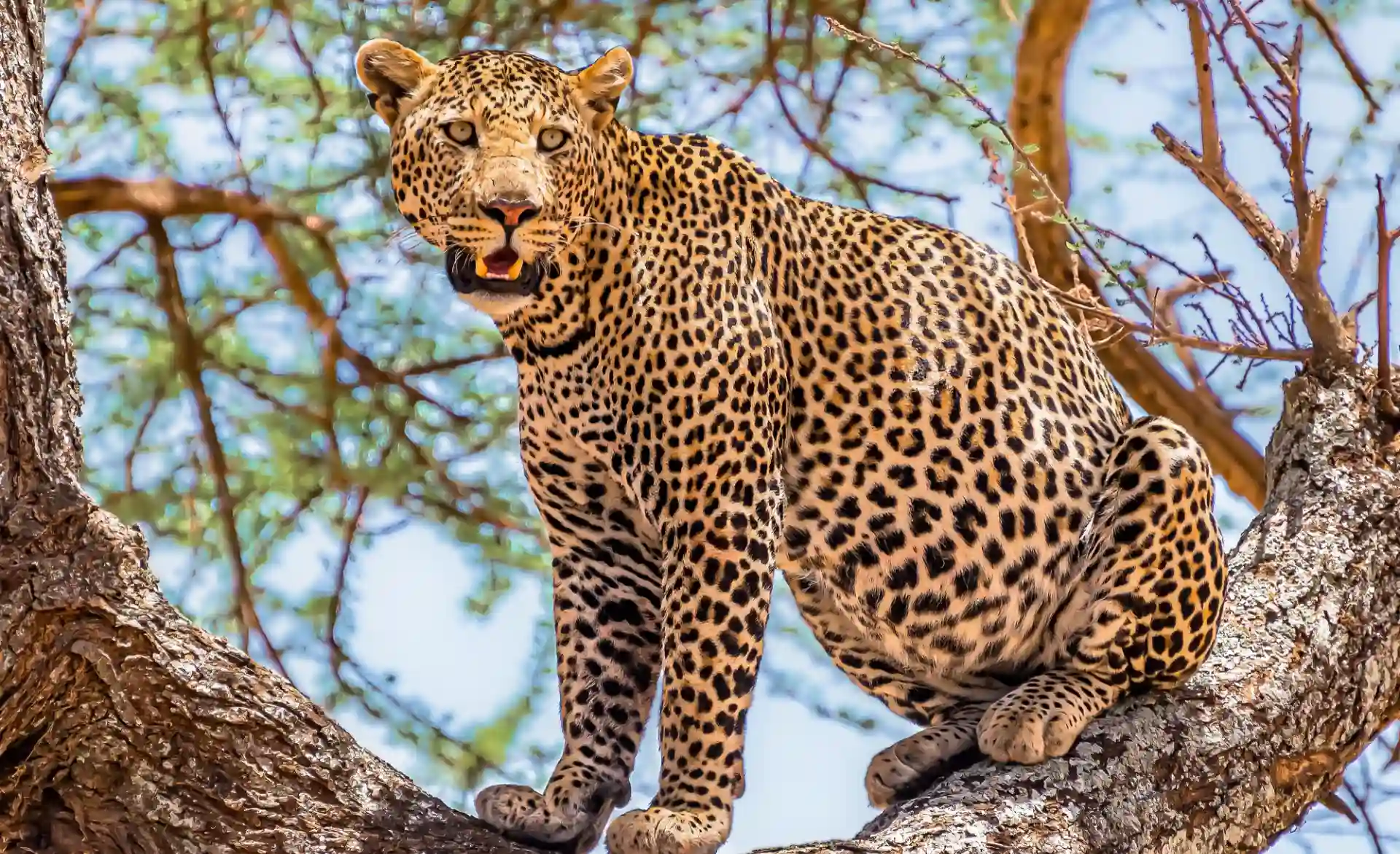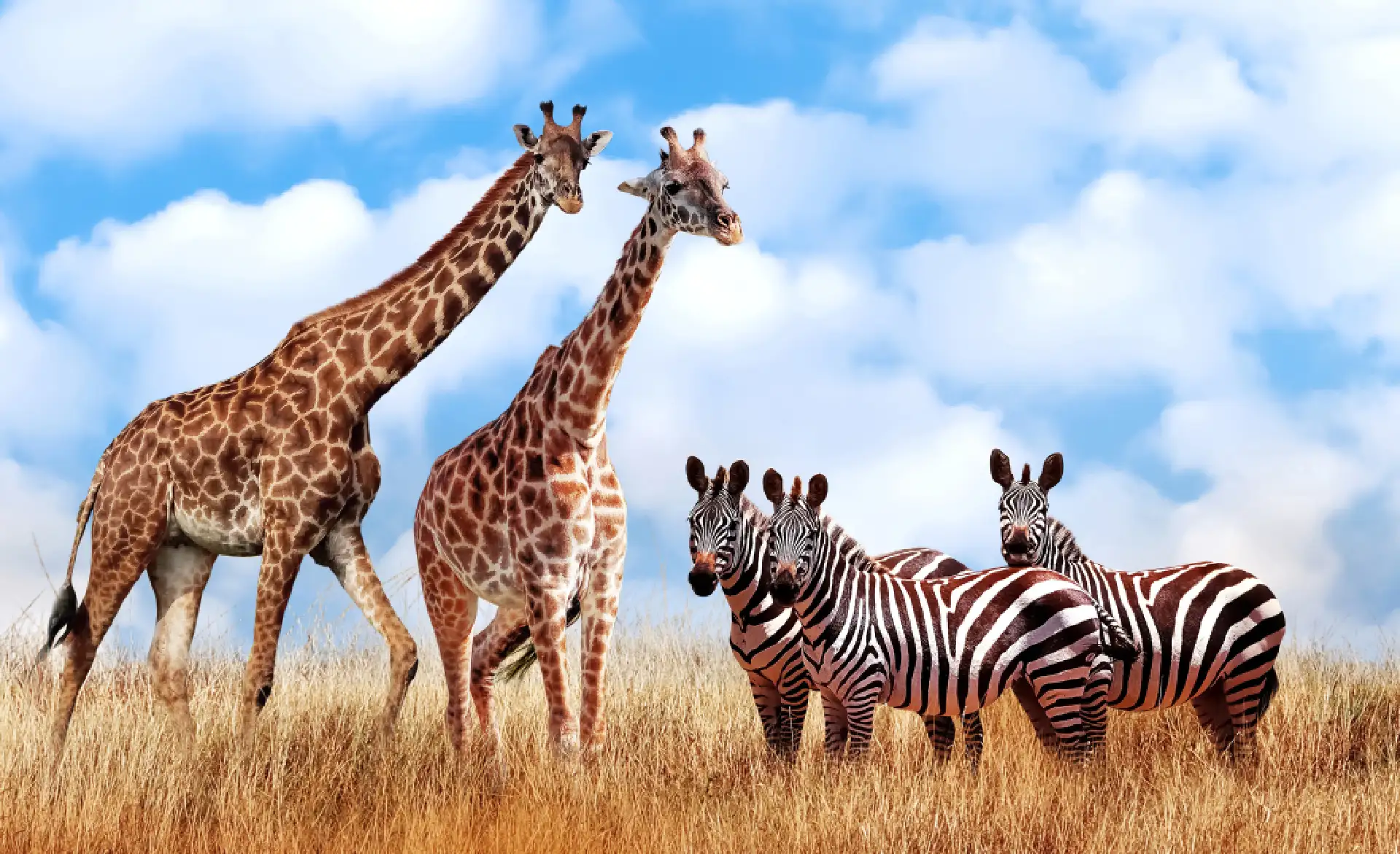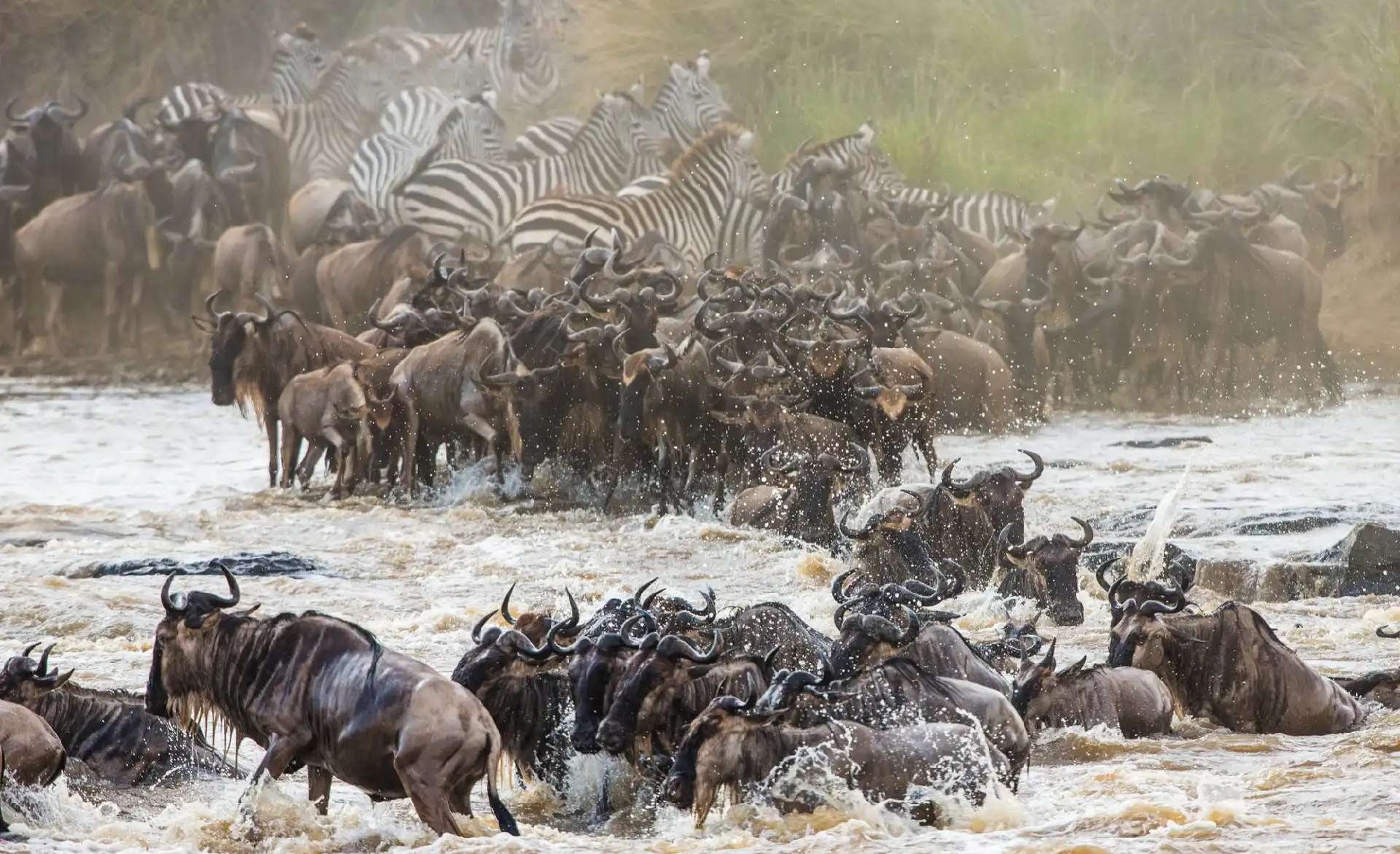To train and prepare physically for the climb of Kilimanjaro, it is important to follow a well-rounded fitness program that includes both cardiovascular and strength training exercises. Here’s a detailed response on how to complete this task:
Start with cardiovascular exercises: Engage in activities such as running, cycling, swimming, or brisk walking. Aim for at least three to four sessions per week, gradually increasing the duration and intensity of your workouts. This will help improve your endurance and lung capacity, which are essential for higher altitudes.
Incorporate uphill training: To simulate the climbing conditions of Kilimanjaro, include uphill hikes or stair climbing in your routine. Find hilly areas or use a stair climber machine to build strength in your leg muscles and prepare them for the ascent.
Focus on leg and core strength: Perform exercises that target your lower body muscles, such as squats, lunges, calf raises, and step-ups. These will help develop the strength and stability required for climbing steep terrains. Additionally, include core exercises like planks, crunches, and Russian twists to improve your balance and posture during the climb.
Practice hiking with a loaded backpack: As you progress in your training, gradually increase the weight of your backpack to mimic the load you’ll carry during the climb. This will allow you to get accustomed to the added weight and help build the necessary strength and endurance.
Train at higher altitudes: If possible, incorporate training hikes at higher altitudes to acclimate your body to the decreased oxygen levels. This can be achieved by visiting nearby mountains or using altitude training systems. However, it’s important to consult with a medical professional before training at higher altitudes to ensure your safety.
Hydration and nutrition: Pay attention to your hydration levels and maintain a balanced diet rich in carbohydrates, proteins, and healthy fats. Proper nutrition and hydration are crucial for sustaining energy levels and aiding in muscle recovery during the climb.
Rest and recovery: Allow yourself adequate rest days within your training schedule to prevent overexertion and promote muscle recovery. Listen to your body and adjust your training intensity accordingly to avoid injuries.
Remember, this is a general guide, and it’s recommended to consult with a professional trainer or mountaineering expert to tailor your training plan based on your fitness level, health conditions, and specific requirements for climbing Kilimanjaro.
